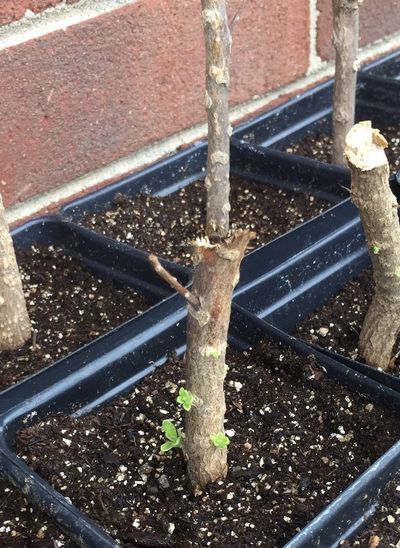Taking Cuttings from Texas Sage Plants
Texas sage is so easy to propagate from cuttings that you can start a new plant nearly any time of year. Many experts advise taking 4 inch (10 cm.) softwood cuttings after blooming ends in summer, but you can also take hardwood cuttings while the plant is dormant in late fall or winter. Either way, plant the cuttings in well-drained potting mix. Some people like to dip the bottom of the cuttings in rooting hormone, but many find that the hormone isn’t necessary for rooting. Keep the potting soil moist until roots develop, which usually occurs in three or four weeks. Once you’ve propagated Texas sage cuttings and moved the plant outdoors, plant care is just as easy. Here are a few tips on maintaining healthy plants: Avoid overwatering because Texas sage rots easily. Once the plant is established, it will need supplemental water only during extended dry periods. Yellowing leaves are a sign the plant may be receiving too much water. Plant Texas sage where the plant is exposed to six to eight hours of sunlight. Too much shade causes spindly or lanky growth. Ensure the soil is well drained and the plants have adequate air circulation. Prune growing tips to encourage full, bushy growth. Trim Texas sage to maintain a neat, natural shape if the plant looks overgrown. Although you can prune any time of year, early spring is preferable. Usually, Texas sage needs no fertilizer. If you think it’s necessary, apply a light application of general-purpose fertilizer no more than twice a year.
